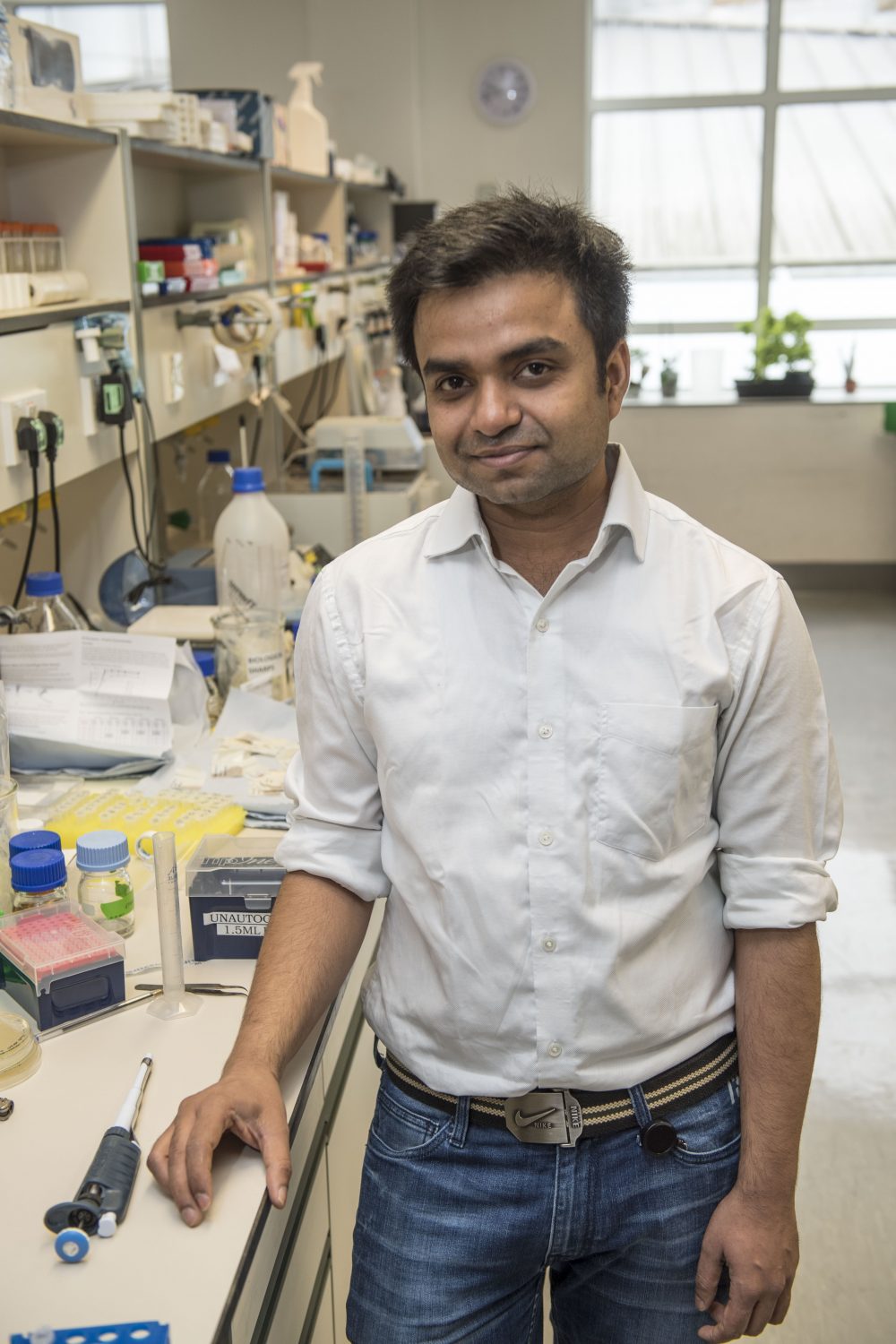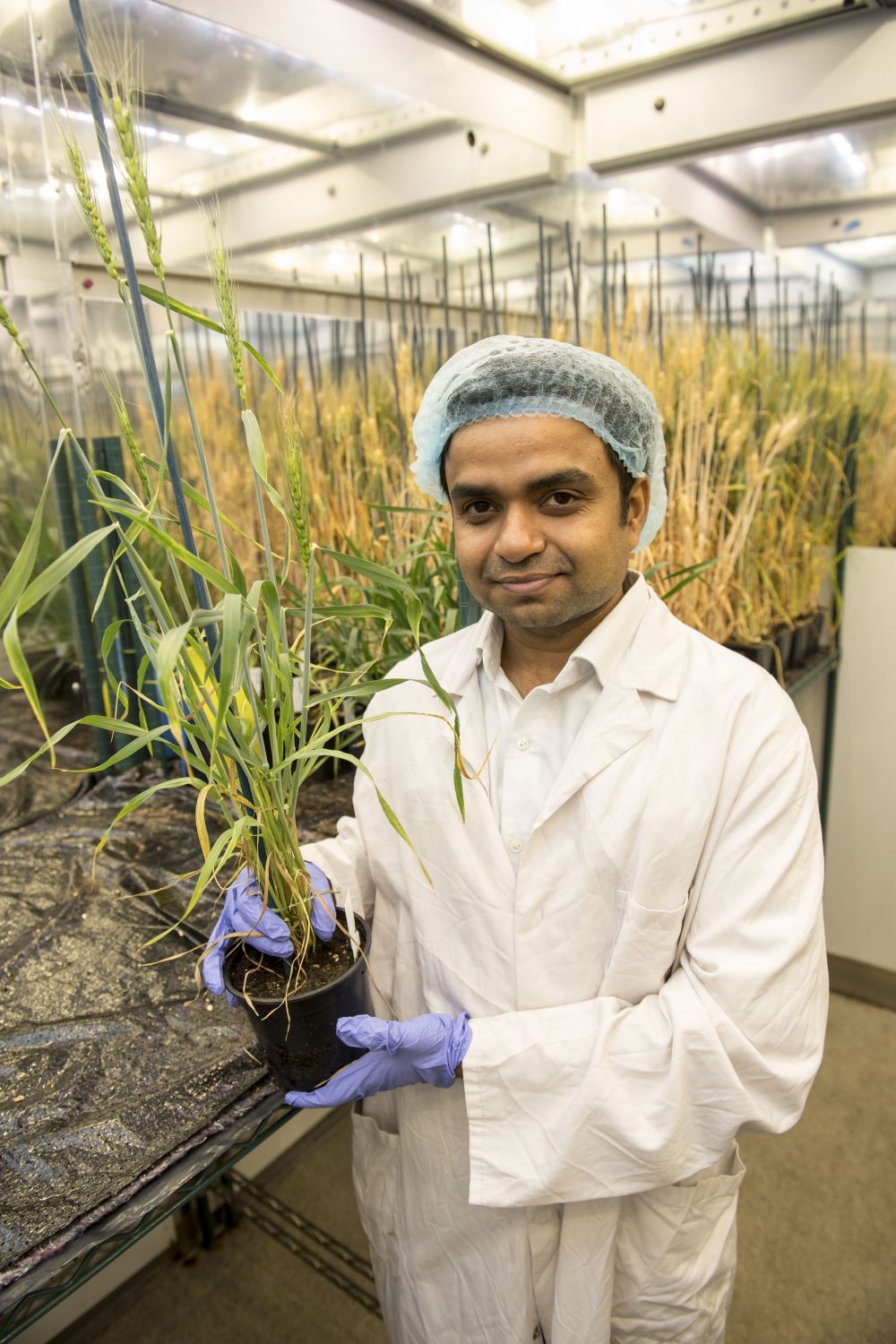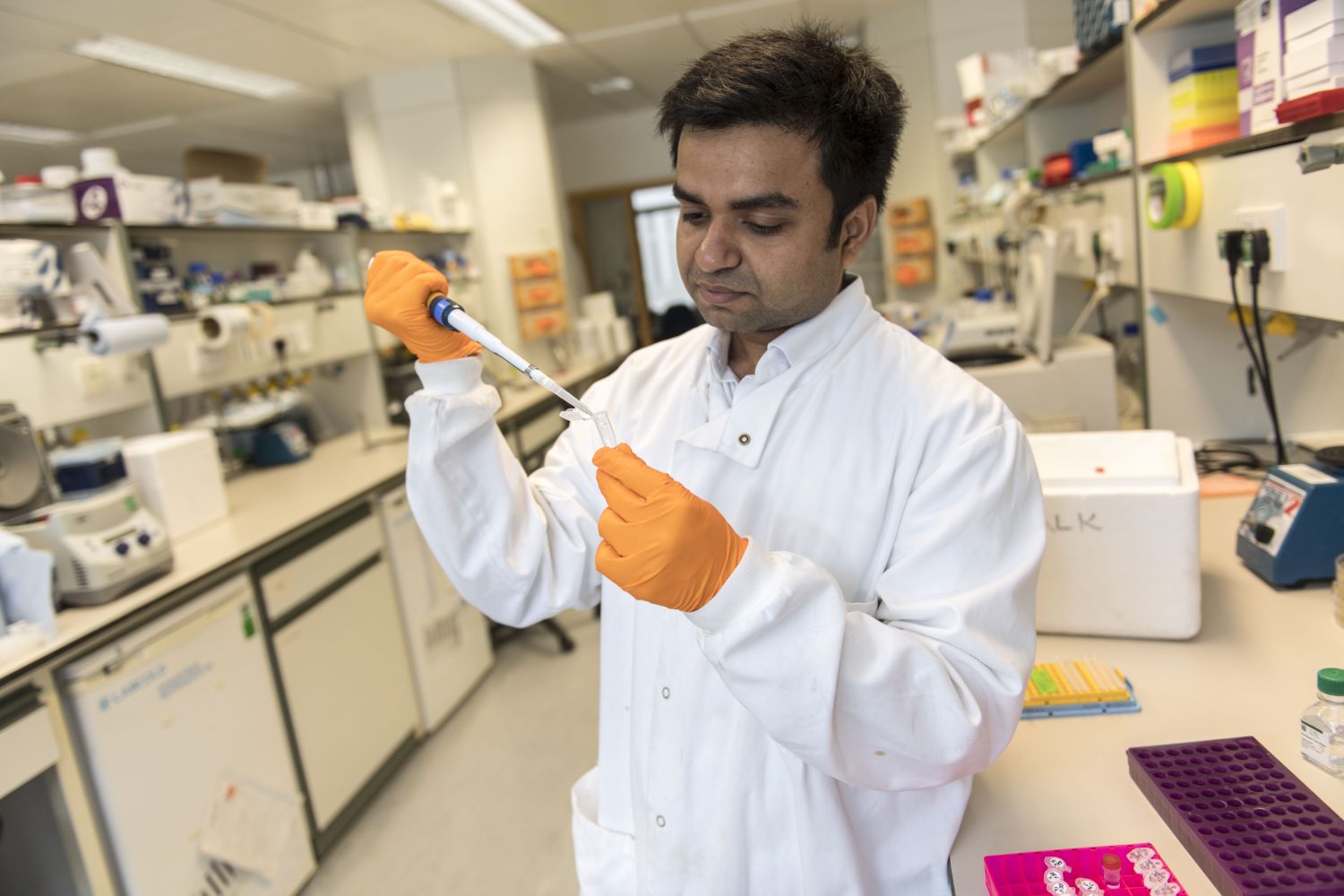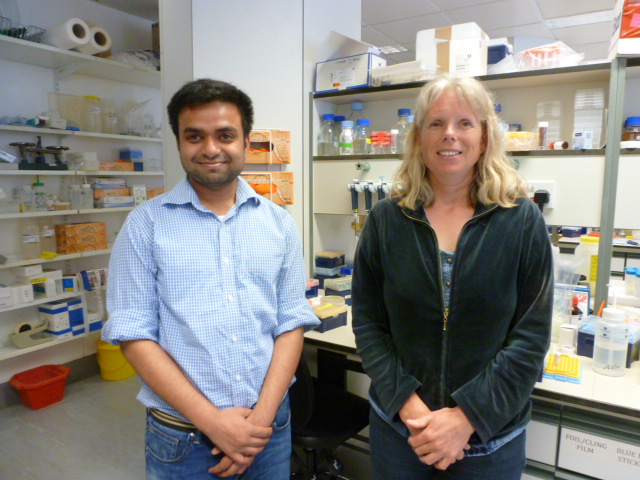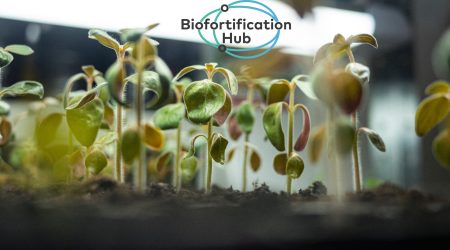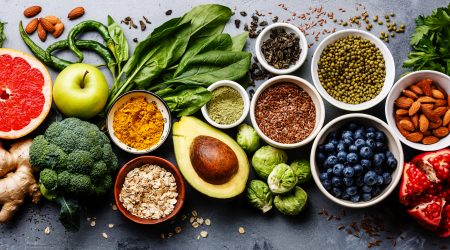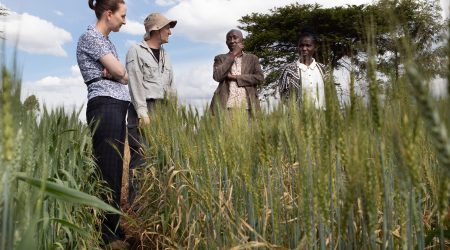Collaborat-iron
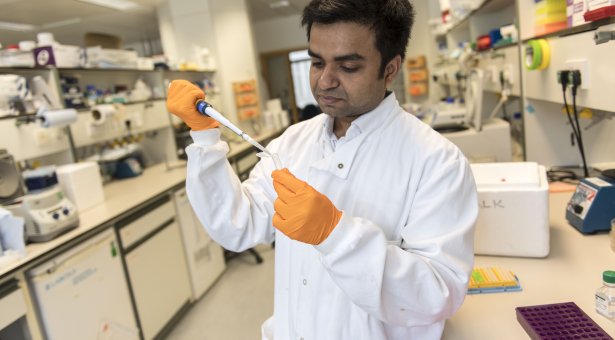
As a child growing up in a middle-class family in the rural Indian village of Kanpur I was fascinated by the universe;
How was it made? Where did it come from? How did it work?
For some of the poorer people I saw the questions were more immediate and practical such as how can we afford quality food?
Much of what they were able to afford contained very poor levels of nutrient.
It is probably as a result of these formative experiences I have been working, since 2009, on the nutritional enhancement of bread wheat.
I began by completing my PhD under the supervision of Prof Dhaliwal whose work inspired me because this is a field where you can have a direct effect on the people most in need. Another inspiration was Prof Prasad from the Indian Institute of Technology Roorkee.
By working on this problem, I am not only able to do science and publish papers, but I’m able to do something meaningful and that contributes directly to society and to people in need.
During my PhD, I realised the importance of having good teachers in your life. I am very grateful that I had a great teacher and I still speak to Professor Dhaliwal, who is now 72. Every time I get stuck I know he will have some advice on how to proceed next.
At 26, I was appointed as permanent Faculty Member at the Central University of Himachal Pradesh. This came early in my career, and I felt that I needed more international research experience. So I began to explore opportunities to broaden my scientific horizons, seeking out best labs around the world that were working on wheat nutrition.
My first stop was part of an EMBO short term Fellowship at INRA, in Montpellier, France, where I worked with Dr. Cathy Curie on iron staining techniques in plant tissues. This was an invaluable learning experience for me.
While working on plant nutrition and genetics, I came in to contact with Dr Janneke Balk at the John Innes Centre, whose work on Biofortification of bread wheat for grain iron content perfectly matched my research interests and experience.
I applied to join Janneke’s lab through the Royal Society Newton International Fellowship, to continue my work on enhancing the grain mineral micronutrients of wheat.
I joined the John Innes Centre in January 2018, for a 2-year placement to study the genetic mechanism for mineral uptake and distribution in cereal crops, characterising wheat-Aegilops derivatives (developed in India). I will also analyse Watkins landraces (maintained in the Germplasm Resource Unit here at the John Innes Centre) for grain iron content.
Before speaking to Dr. Balk, I had already heard lots about the John Innes Centre, which has a global reputation for having many outstanding research groups working on plant science and agriculture. I knew about Brande Wulff, Cristobal Uauy and Graham Moore and for me it is a dream to work alongside these scientists, because ever since my PhD I’ve been reading their papers.
Once my time here is over, the Royal Society will provide follow-up grant for another 5-year collaboration between my group in India and Janneke’s group here in the UK, continuing the proud tradition of India being one of the UK’s biggest partners in scientific collaboration. This will be invaluable to me because I am very young in research and I still have lots to learn and achieve.
In the future I look to progress our analysis of the genetic basis of iron content in wheat and with that knowledge, improving the nutrition of wheat through breeding.
Breeding crops in this way takes a lot of time to get right. I am picking up the work begun by my former Professor over a decade ago. I have a long way to go and I am always learning new techniques, especially the modern techniques being developed here in Janneke’s lab in collaboration with Cristobal Uauy.
My long-term goal is to be able to provide farmers with the seeds to grow nutrient-rich wheat.
Everybody asks themselves; “What is the purpose of your life? Why are you living?” For me, I just want to contribute something that could benefit people.
Not everybody can do something great, but everybody can do something. Little-by-little, that is how things progress, so I am just trying to contribute with sincere effort so things can get better”.

